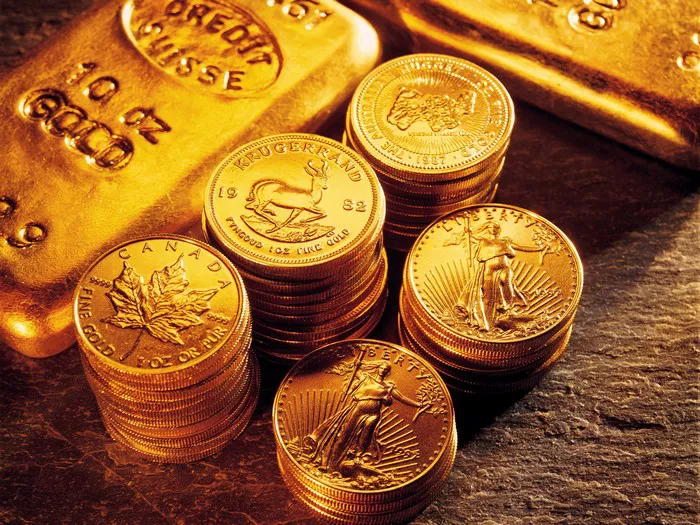The British pound surged to its highest level against the U.S. dollar in more than two years on Tuesday. Meanwhile, the dollar slipped to a one-year low following gains made in the previous session. Investors are now focused on key economic data expected in the coming days, which could further influence currency movements.
Dollar Pressured by Anticipated U.S. Rate Cuts
The recent dip in the dollar has been largely driven by expectations of upcoming interest rate cuts in the United States. In recent weeks, the possibility of a rate cut at the Federal Reserve’s September meeting has weighed heavily on the greenback. Most investors now believe a rate cut is almost certain, with discussions centered on whether the cut will be 50 basis points (bps) or 25 bps.
Market Pricing Reflects Rate Cut Expectations
According to LSEG calculations, the futures market currently indicates a 37% probability that the Federal Reserve will opt for a 50-bps rate cut, unchanged from late last Friday. Additionally, futures traders have priced in approximately 106 bps of cuts for 2024.
Analysts Comment on the Dollar’s Recent Movements
Eugene Epstein, head of structured products for North America at Moneycorp in New York, noted that the dollar has been steadily declining since the Federal Reserve’s Jackson Hole symposium last week. However, Epstein suggested that the currency’s movement has been more sideways than downward.
“Fed Chair Jerome Powell’s comments were perceived as dovish across the board,” Epstein said. “Non-U.S. dollar stores of wealth, such as cryptocurrencies, have also seen some recovery. This is viewed as a continuation of the dovish sentiment following last Friday’s Jackson Hole remarks.”
Sterling Benefits from Dollar Weakness
The British pound has been a key beneficiary of the dollar’s recent weakness. On Tuesday, the pound reached its highest level since March 2022, hitting $1.3246 before settling slightly lower at $1.3226, marking a 0.3% increase.
Bank of England’s Cautious Approach Supports the Pound
The pound has been bolstered by the contrast between Powell’s dovish remarks and the more cautious stance taken by Bank of England Governor Andrew Bailey. Bailey’s comments have provided additional support for the pound, which continues to gain strength against a weakened dollar.
[inline_related_posts title=”You Might Be Interested In” title_align=”left” style=”list” number=”3″ align=”none” ids=”3142,3151,3148″ by=”categories” orderby=”rand” order=”DESC” hide_thumb=”no” thumb_right=”no” views=”no” date=”yes” grid_columns=”2″ post_type=”” tax=””]




























